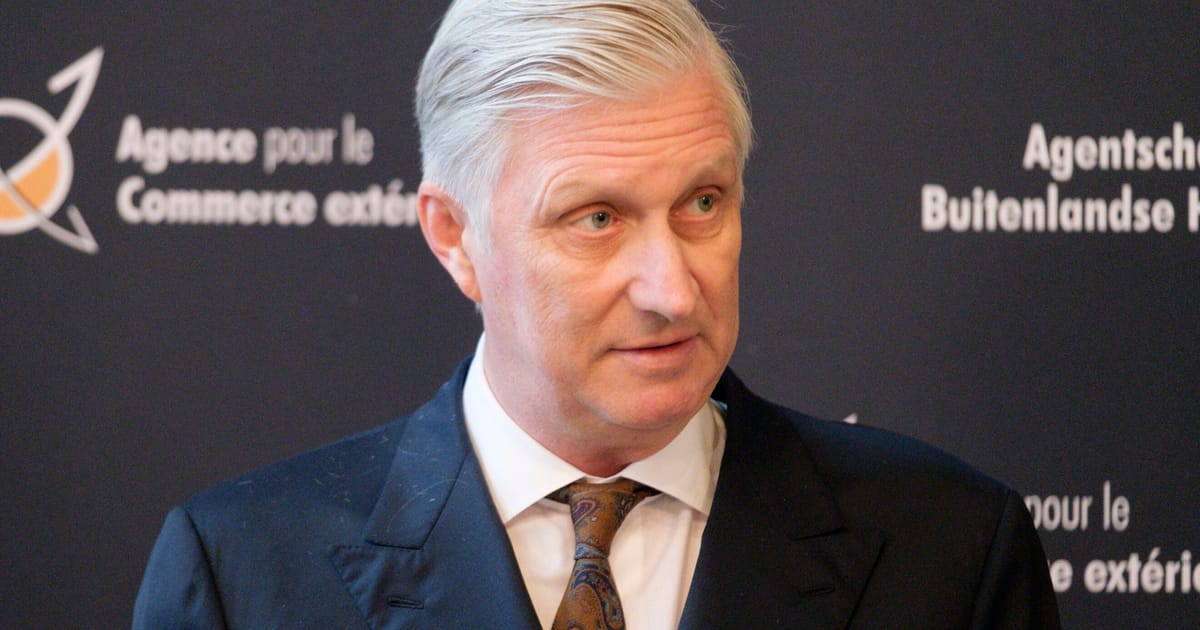

As the world navigates through a complex web of international conflicts, recent developments in Gaza and Ukraine demand our attention, urging global leaders and communities to seek peaceful resolutions and humanitarian assistance. These regions, each grappling with their unique challenges, present a landscape where hope for calm and recovery persists despite the daunting circumstances.
In Gaza, a poignant plea for peace was underscored by the recent outcry following the deaths of over 100 aid seekers. In an incident that has drawn widespread condemnation, including remarks from Belgian King Philippe, these deaths have been labeled a “disgrace to humanity.” The situation in Gaza remains volatile as Israeli fire tragically ended the lives of many Palestinians queuing for food. This tragic event highlights the ongoing humanitarian crisis, exacerbated by repeated instances of violence. Pope Leo XIV spoke out against the “barbarity” of the conflict, criticizing the indiscriminate use of force, and urging all parties to prioritize the sanctity of human life.
The humanitarian landscape in Gaza continues to be a battleground not only of physical conflict but also of ideological struggle. Critics argue that newly proposed changes, such as replacing the established UN and international aid systems with a new Gaza Humanitarian Foundation, might further politicize aid distribution and potentially harm the population it intends to support.
Meanwhile, in Ukraine, the conflict took another tragic turn as overnight strikes in Kyiv resulted in the loss of life and widespread damage. The capital city faced a barrage of drones and missiles, leading to fires and destruction across central districts, including commercial properties and even a kindergarten. The resilience of the local emergency services, who continue to work tirelessly amidst these challenges, provides a glimmer of hope for the city’s recovery.
In Syria, the situation brings both relief and caution. Following the Syrian presidency’s declaration of a ceasefire in the province of Sweida, the delivery of humanitarian aid has been a positive development. Thirty-two vehicles carrying essential supplies such as food, medical equipment, and fuel have reached the city, offering much-needed assistance to those affected by the ongoing conflict. Despite the ceasefire, which has been respected thus far, the situation remains fragile. The continuation of clashes between local factions presents a challenge to maintaining peace and stability in the region.
Across these conflict zones, the stark realities of war stand side by side with efforts for peace and humanitarian assistance. The international community continues to watch closely, with the hope that a path toward enduring peace can be forged through dialogue and cooperation. As these regions work towards recovery, the resolve to prioritize the protection of human life and dignity remains as significant as ever.
In reflecting on these global events, it becomes evident that the pursuit of peace and stability is an ongoing journey. It requires the collective compassion and action of the international community to support those affected by conflict, to foster dialogue, and to ensure that humanitarian efforts reach those who need them most. It is in this spirit of unity and resilience that we look towards a future where peace prevails.
Source: {link}
